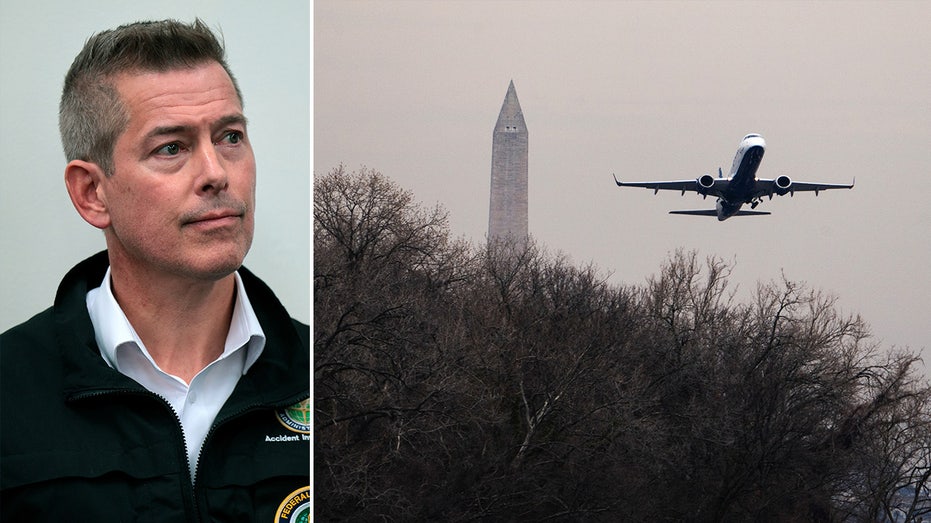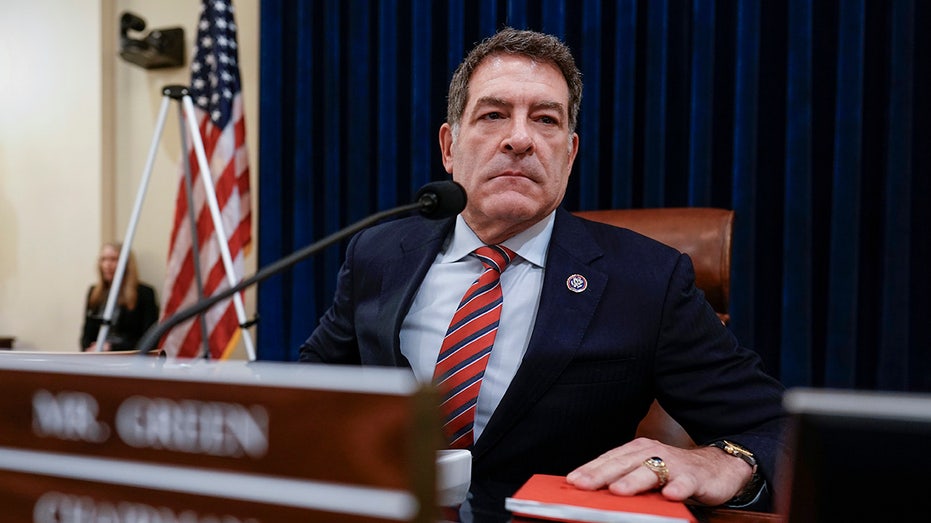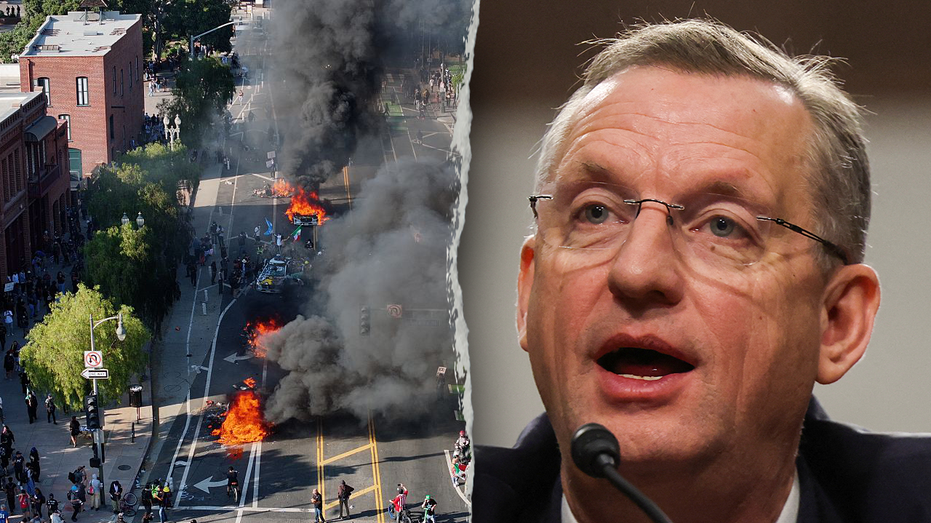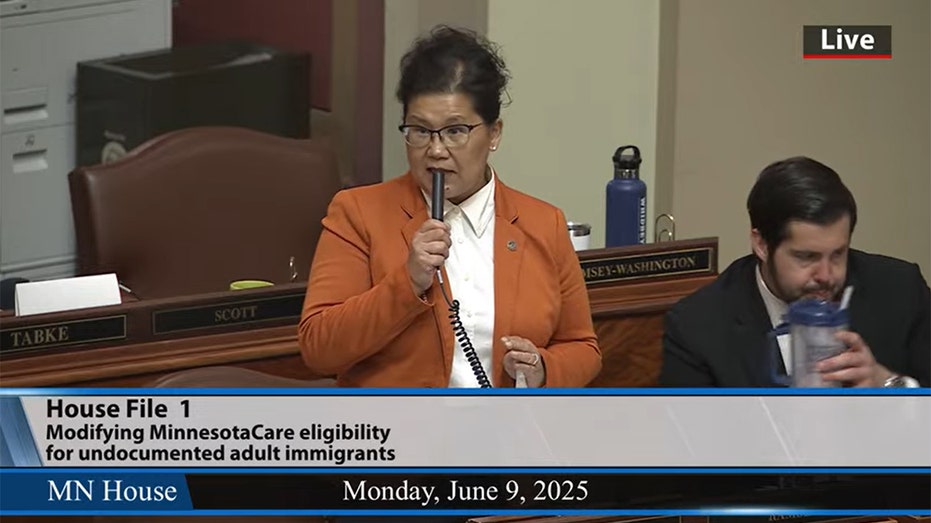Transportation Department Launches AI Technology to Detect Air Traffic Dangers, Says Duffy
Transportation Secretary Sean Duffy unveils AI-driven air traffic control advancements to enhance safety and prevent incidents like the DCA crash.

Transportation Secretary Sean Duffy has announced a sweeping new initiative to incorporate artificial intelligence (AI) into the nation’s air traffic control systems in response to a recent surge in near-misses and deadly plane crashes. The move comes in the wake of the tragic January 29 collision at Ronald Reagan Washington National Airport (DCA), where a midair crash between a commercial plane and an Army Black Hawk helicopter claimed the lives of 67 people.
According to Duffy, federal officials are leveraging AI technology to "identify and address potential air traffic risks nationwide"—a step he says could help avert tragedies similar to the Potomac River disaster. Investigators, he noted, have reviewed the circumstances surrounding the DCA crash and broadened their search for vulnerabilities at other airports across the country. "Are there any other DCAs out there?" Duffy recalled asking during the investigation process.
The National Transportation Safety Board (NTSB) reported that between October 2021 and December 2024, there were over 15,000 instances of planes receiving alerts about helicopters operating in close proximity to DCA. This string of warnings highlights ongoing concerns about the complexity and safety risks surrounding the nation's busiest airspaces—particularly those shared by both civilian and military aircraft.
In addition to implementing AI-driven risk analysis, Duffy announced plans to construct a "state-of-the-art" air traffic control system designed to reduce outages, enhance efficiency, and reinforce safety measures. This new infrastructure aims to replace the current aging system, which Duffy described as "anywhere from 25 to 35, 40 years old in some places" and "in desperate need of a brand new build."
"This is not just about fiber lines or wiring upgrades," Duffy stated during a Wednesday news conference. "It's about building a modern system from the ground up so we can act before tragedies occur—not after."
Yet questions remain about how precisely AI is being utilized, which "hot spots" are being identified, and what specific safety concerns are being targeted. Duffy highlighted that AI will help officials "analyze different hot spots in the country" and take proactive measures, but further details on the technology's implementation have not been disclosed.
Meanwhile, the ongoing debate over staffing shortages and system outages continues, particularly in light of problems experienced at Newark Liberty International Airport. Duffy attributed these issues to a previous transfer of airspace control from New York to Philadelphia, saying it reflected a lack of focus on the core operational challenges facing the Federal Aviation Administration (FAA).
In direct response to the fatal DCA collision, the FAA recently announced permanent restrictions on helicopter traffic around Washington, D.C., in an effort to prevent a repeat incident. While the Department of Transportation explores ways to modernize and secure the airspace, questions persist about the timeline and effectiveness of these changes.
The Department of Transportation has yet to provide further comment or share additional specifics regarding the full scope of AI integration following requests for more information. As the aviation industry awaits further guidance, the focus remains on ensuring passenger safety and restoring public confidence in the U.S. air traffic control system.




